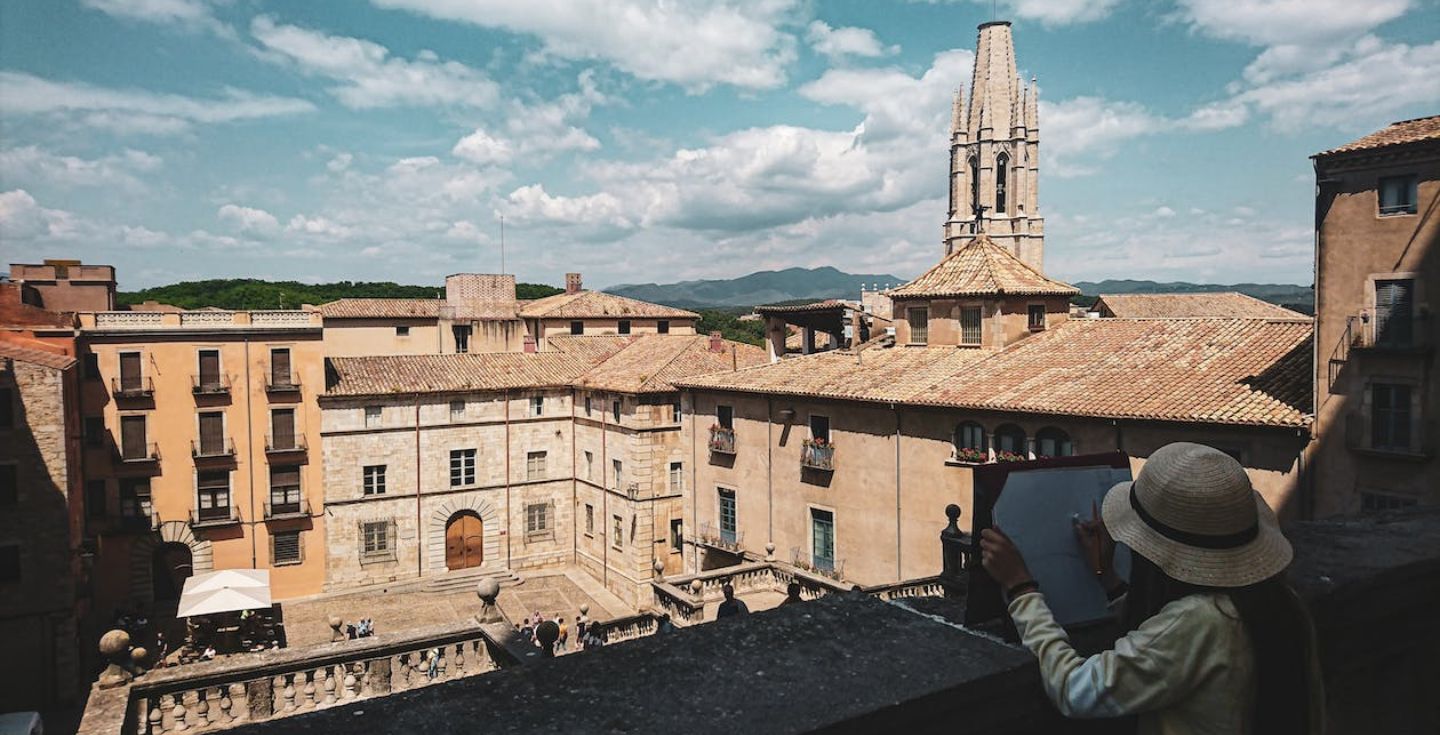What is Canada known for? 15 famous things in Canada
From the thrill of a hockey game to the beauty of the Northern Lights, Canada offers a range of experiences. Dive into iconic Canadian culture, and discover 15 things that Canada is known for.
Canada has it all: breathtaking scenery, a blend of unique cultures, and tasty food. Think Niagara Falls, the Northern Lights, and hockey. But what are the things Canada is best known for? Our list of 15 famous Canadian things covers all of the country’s greatest exports, from its friendly and welcoming culture to its world-famous maple syrup.
5 cultural symbols of Canada
Canada is famous for its polite and welcoming citizens, their beloved maple syrup, the iconic Mounties, and breathtaking landscapes that appeal to outdoor enthusiasts.
Politeness

Canadians are known the world over for their friendliness and polite approach to others. How visitors are treated in Canada and the way Canadians treat locals while traveling go a long way to spread this reputation of good manners.
But this reputation isn’t just a fairytale stereotype. One research paper found that Canadians are more polite and positive on social media than their American neighbors to the south. Whether simply a use of language or a greater cultural marker, you’re bound to meet plenty of friendly faces when traveling to The Great White North.
Maple syrup
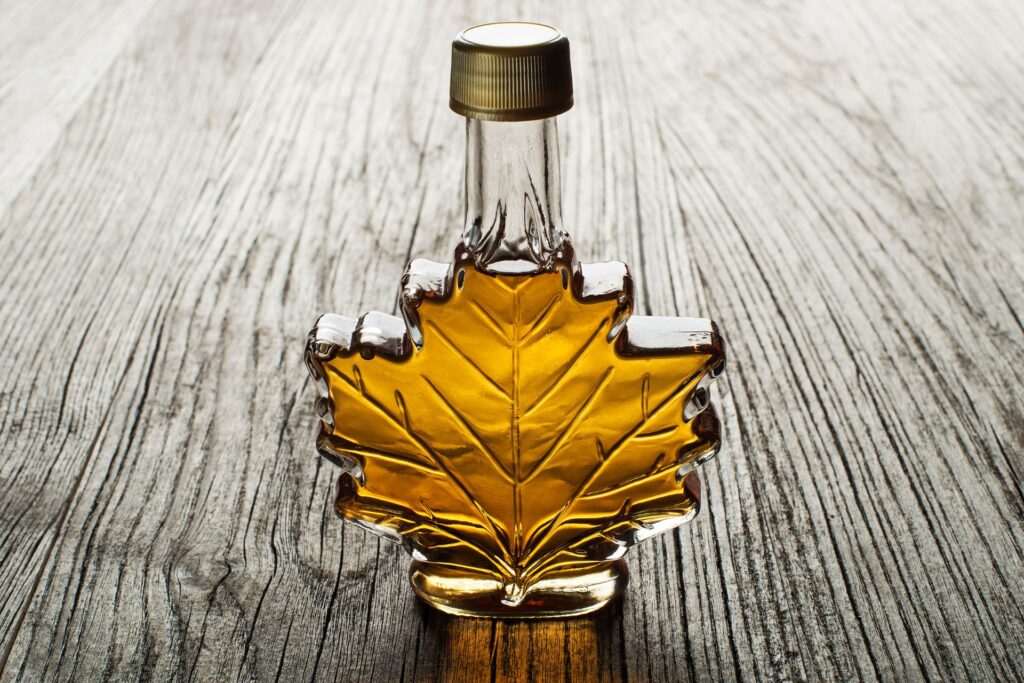
Unsurprisingly, Canada is the world’s biggest maple syrup producer. With ten varieties of maple trees flourishing across the country, it’s no wonder the iconic red maple leaf adorns their flag. During the spring thaw, the sweet sap is harvested from tapped trees, becoming a versatile ingredient in dishes like maple-glazed salmon and the favorite breakfast topping for pancakes.
Did you know that it takes between 20 and 100 gallons of maple sap to produce just one gallon of maple syrup? This concentration process is what gives maple syrup its rich flavor and sweetness.
Ice hockey

Ice hockey is a passionate national sport that unites Canadians across the country and is a must-experience for any visitor. The energy and excitement of a live game are unforgettable and an example of Canada’s sporting spirit and legacy, with the sport’s first organized indoor game tracing back to 1875.
For an iconic Canadian hockey experience, consider catching a Toronto Maple Leafs game at Scotiabank Arena. This historic franchise, one of the NHL’s “Original Six,” boasts a dedicated fanbase and a thrilling game-day atmosphere. Witnessing the Maple Leafs in action at their downtown Toronto home is a true Canadian sporting moment. With a data SIM card in Canada, you can even book tickets while on the go!
The Royal Canadian Mounted Police (Mounties)
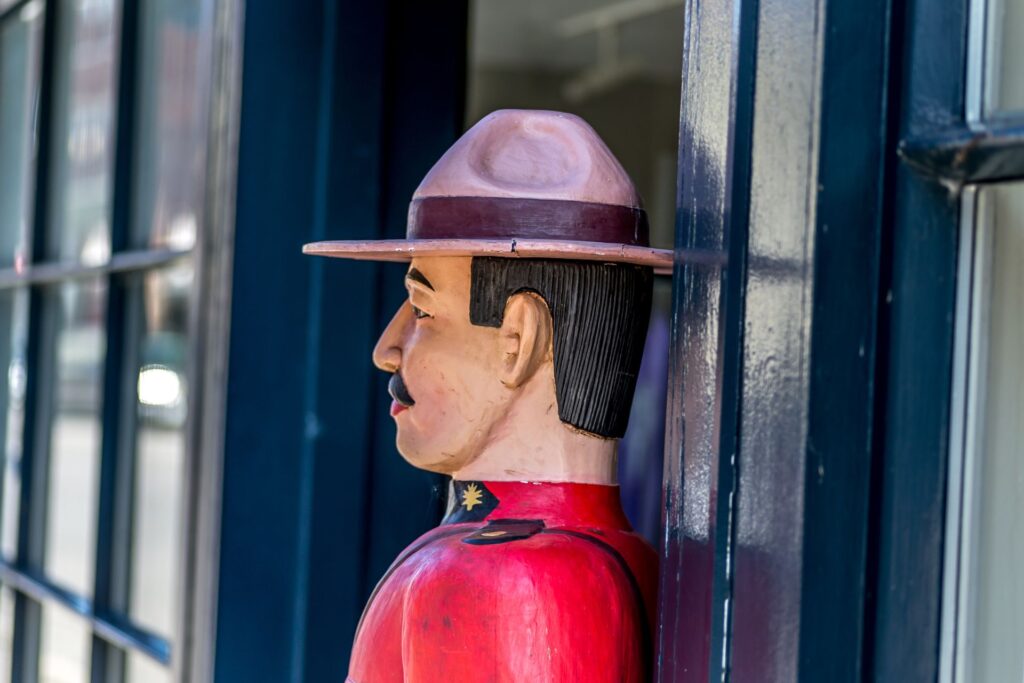
The Royal Canadian Mounted Police, better known as the Mounties, were established in 1873 as the North-West Mounted Police. Their original mission was to enforce law and order in the newly acquired Northwest Territories. Today, their distinctive red serge uniforms are a well-recognized symbol of Canada.
Winter Sports

Canadians enjoy a rich winter lifestyle in a land where cold is a constant. Skating rinks dot the landscape, and Ottawa’s frozen canal becomes a beloved skating destination. Ski and snowboard aficionados flock to world-class resorts like Whistler Blackcomb and Mont Tremblant.
Meanwhile, traditional winter activities like snowshoeing, cross-country skiing, and curling are popular activities and must-tries to experience Canada to the full. Though summer sports are enjoyed, the formidable winter season unmistakably shapes the nation’s character.
5 natural wonders of Canada
Canada’s vast landscapes are home to some of the world’s most extraordinary natural wonders, such as the Canadian Rockies and Banff National Park. These natural marvels showcase the country’s raw and unpredictable beauty and the type of attractions that make Canada an unforgettable destination.
The Bay of Fundy
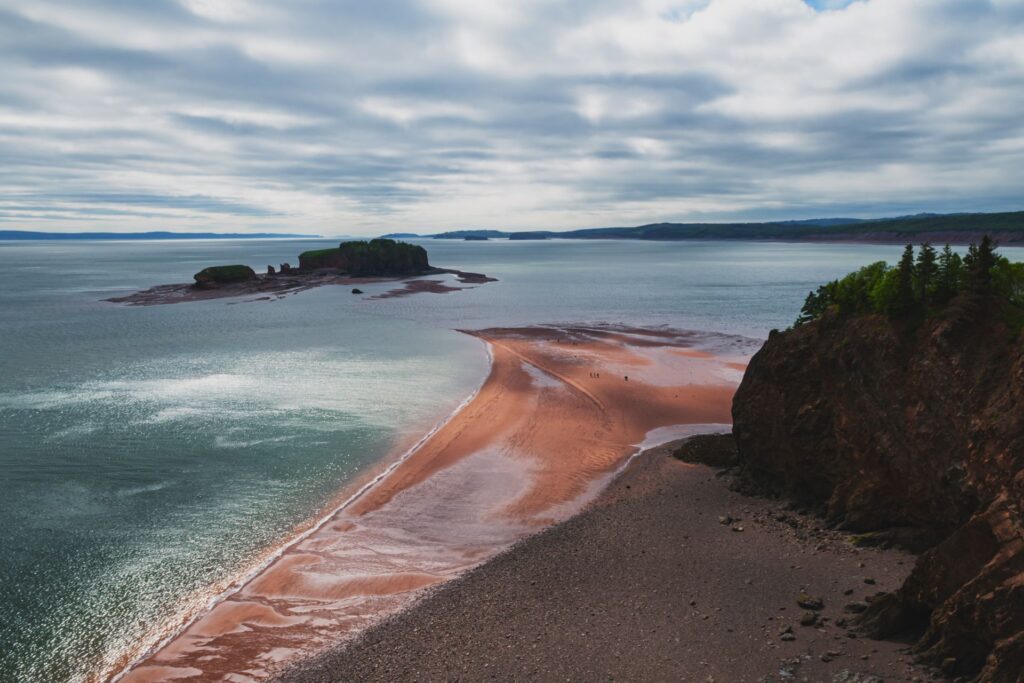
While the Rocky Mountains often steal the spotlight, the Bay of Fundy’s tides are a natural wonder that rivals any landscape. Witnessing the world’s highest tides, where the ocean floor is revealed and submerged within hours, is awe-inspiring. The Hopewell Rocks, sculpted by the relentless tides, stand as silent sentinels, offering a glimpse into the raw power of nature.
The Northern Lights in the Territories
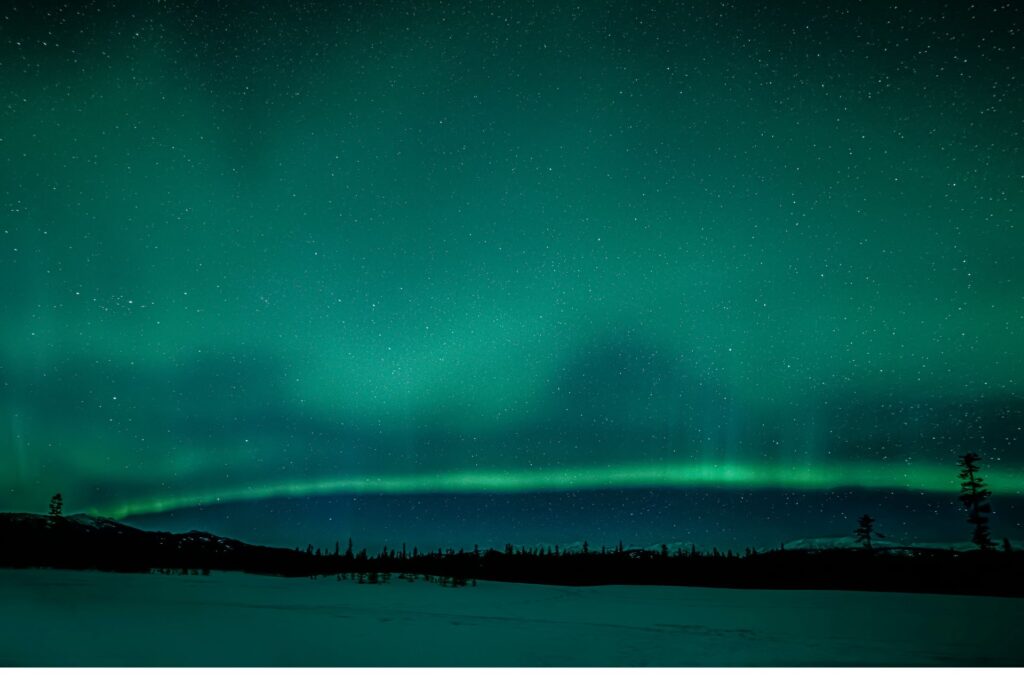
The Yukon, Northwest Territories, and Nunavut, offer prime viewing spots for the mesmerizing Northern Lights–the natural phenomenon caused by charged particles from the sun colliding with atoms in Earth’s upper atmosphere, creating light displays. Unlike other Arctic regions, these Canadian territories boast vast, accessible landscapes, allowing for unobstructed views of the aurora borealis. The dance of colors against the backdrop of the Arctic wilderness is an unforgettable experience, a reminder of the vastness and beauty of Canada’s northern reaches.
The ancient forests of Haida Gwaii
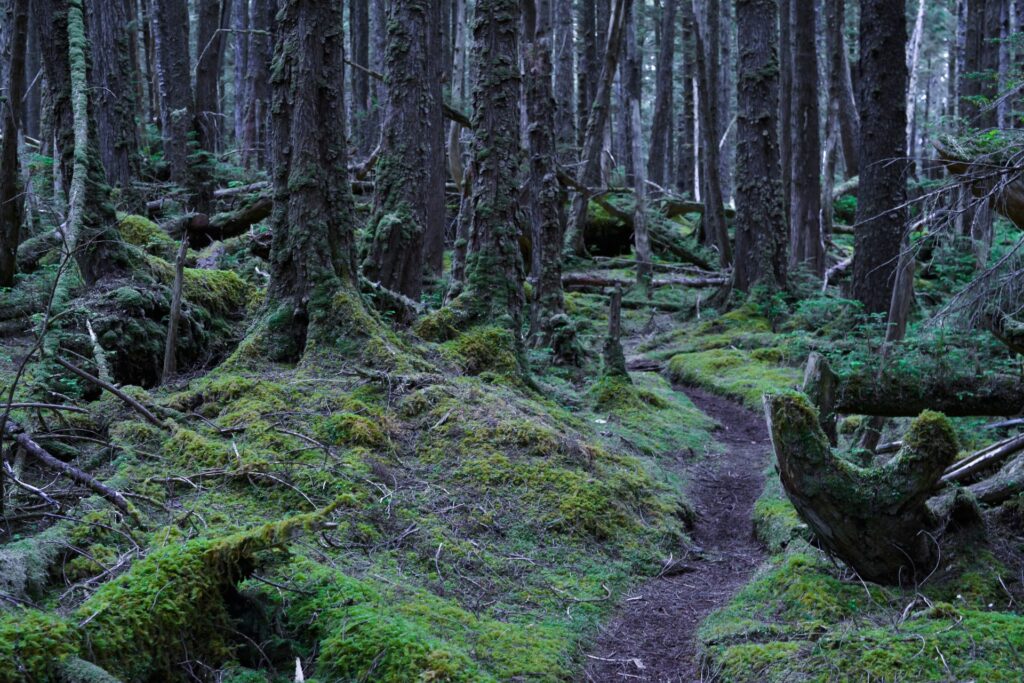
Off the coast of British Columbia, the islands of Haida Gwaii are home to ancient rainforests, a unique ecosystem that thrives in the region’s temperate climate. These forests are home to some of the world’s oldest and largest Sitka spruce trees, with many estimated to be over 800 years old. Exploring these ancient woodlands is an immersion into just one of Canada’s natural wonders and a point of national pride.
Niagara Falls
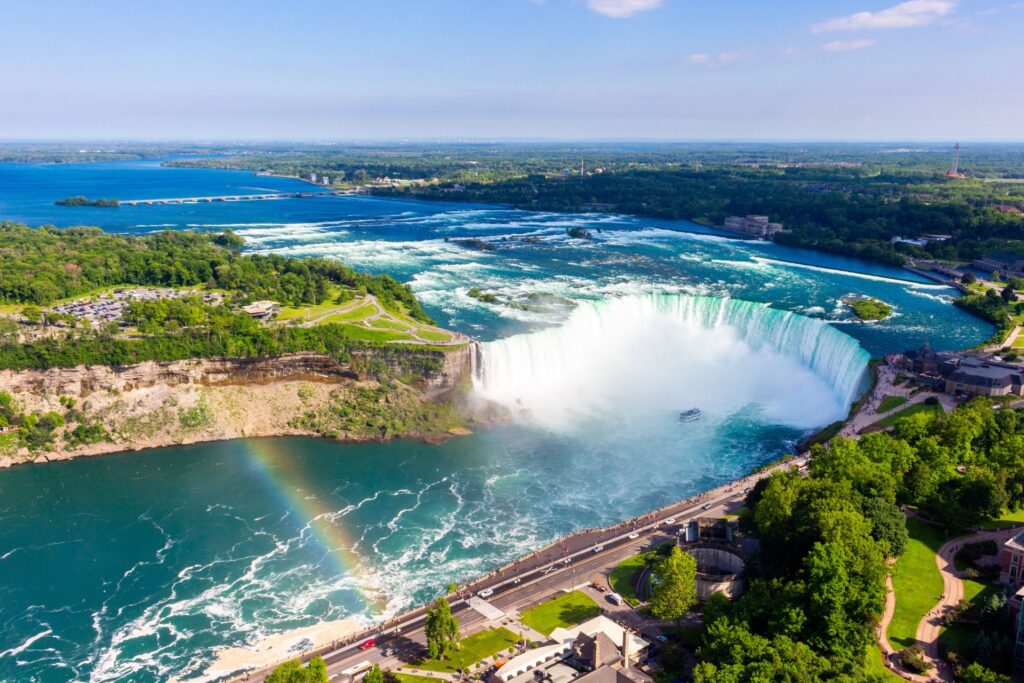
Niagara Falls is made up of three distinct waterfalls: the Horseshoe Falls, the American Falls, and the Bridal Veil Falls. The Horseshoe Falls, situated on the Canadian side, boasts the largest water flow. Straddling the US/Canada border, Niagara Falls is an iconic natural wonder that draws visitors worldwide. The sheer power and majesty of the falls are a spectacle to behold. Whether viewed from the Canadian or American side, Niagara Falls is a must-see destination, a testament to Canada’s natural grandeur.
Thousand Islands
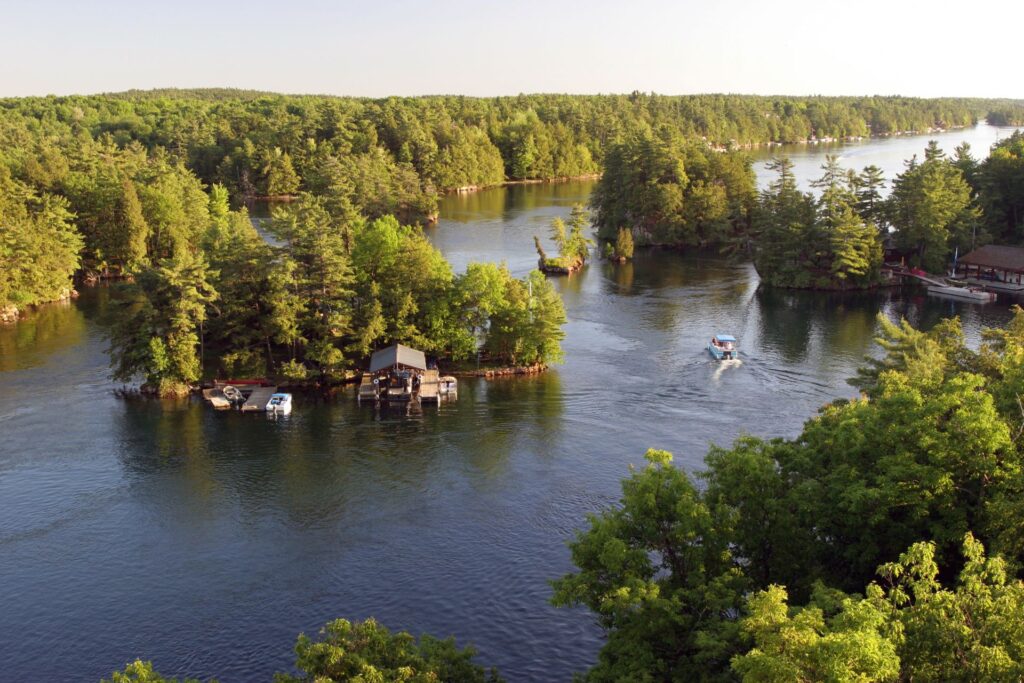
Scattered across the St. Lawrence River, the Thousand Islands form a stunning archipelago dotted with islands and charming towns. The area actually contains over 1,800 islands, making it a true archipelago paradise. Exploring this picturesque region by boat is a journey through a landscape of natural beauty and tranquillity. The islands, each with its own unique character, offer a glimpse into a world of serene charm and a demonstration of Canada’s vast waterways.
5 Canadian cultural contributions
Canada’s cultural contributions have left a mark on the global stage, showcasing a nation rich in culture, food, and art. Canada’s influence is strong, from the silver screen to the circus ring and from ancient traditions to urban landscapes. Key cultural exports have shaped Canada’s identity and captivated the world.
Toronto International Film Festival (TIFF)

The Toronto International Film Festival (TIFF) is a beacon of cinematic excellence, drawing the world’s most talented filmmakers, actors, and industry insiders. More than just a showcase, TIFF acts as a launchpad for groundbreaking films. Its undeniable influence resonates globally throughout the film industry.
In fact, the TIFF People’s Choice Award is often seen as a predictor of upcoming Oscar success, “Slumdog Millionaire” being one in a list of modern examples.
Cirque du Soleil

Cirque du Soleil, a cultural powerhouse, has fundamentally transformed the circus arts by weaving theatrical narratives with acrobatics and visual effects. Their productions have captivated audiences globally, cementing their status as a significant cultural export for Canada.
Did you know that Cirque du Soleil was initially founded by street performers in Quebec City? Their humble beginnings underscore the company’s journey to becoming a global entertainment phenomenon.
Indigenous arts
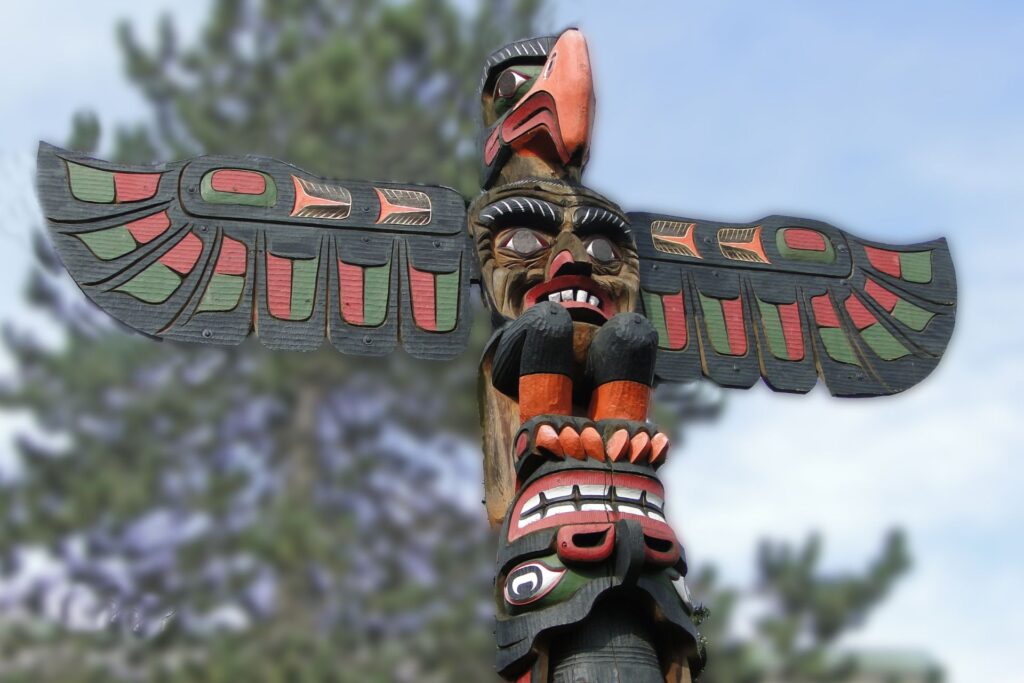
Canada’s Indigenous arts are a vibrant expression of cultural heritage. With its intricate carvings and bold designs carved on everything from totem poles to jewelry, Haida art is a powerful expression of cultural identity and Canada’s rich cultural history. Haida art is a series of complex crests and symbols, each representing a specific ancestral story or events through animal and human representations.
A nation of true multiculturalism
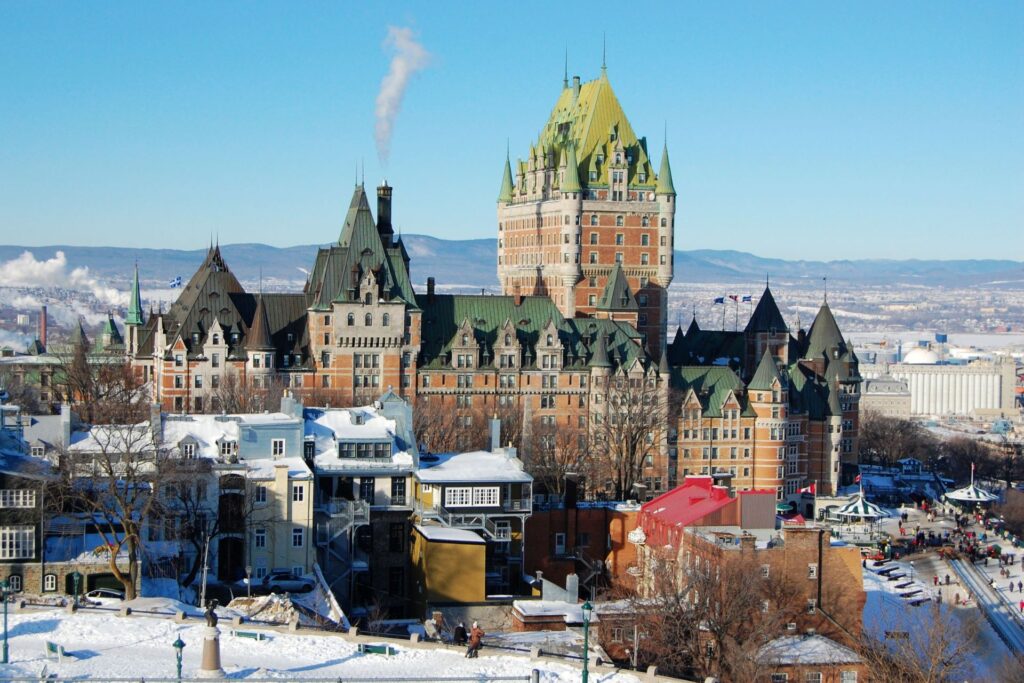
While most visitors head straight to Canada’s major cities, there are also great cities near Toronto and Vancouver that are well worth the trip. Quebec City’s French influence and Halifax’s maritime history are just a couple of examples. Exploring these diverse urban centers is a journey through Canada’s cultural mosaic, contributing to the unique character, culture, and cuisine of its various cities.
Poutine

Poutine is a beloved Canadian culinary creation of crispy french fries, fresh cheese curds, and a rich, savory gravy. Canadians and tourists alike adore the atmosphere of poutine shops that serve up the hearty comfort of their iconic cuisine of french fries and gravy.
The dish is a culinary icon and a clear example of Canada’s ability to transform humble elements into a national treasure. Often considered the ultimate comfort food, it’s a staple in diners, pubs, and even upscale restaurants across the country. While synonymous with Canada as a whole, its origins are believed to have begun in rural Quebec during the 1950s.
From Toronto to Vancouver: Discover Canada with Holafly
An uninterrupted internet connection is essential for discovering all the amazing things Canada is best known for. With instant access to real-time maps, discovering hidden city gems in Vancouver becomes a breeze, and booking a table at a celebrated Montreal restaurant for poutine is effortless.
An Holafly eSIM for Canada provides this seamless connectivity. This reliable eSIM for Vancouver and other major Canadian cities frees you from the burden of large roaming bills from roaming in Canada and unreliable connections.
With your Holafly eSIM, you’ll also enjoy unlimited data, 500 MB daily hotspot, 24/7 customer support, and an intuitive app for effortless eSIM management. Plus, the quick and easy setup process gets you online in no time. All of this comes together to give you the ultimate stress-free travel experience, providing complete peace of mind as you explore Canada. Starting at just $7.90 for a one-day plan or an even more affordable $3.49 per day for a two-week plan, you can unlock seamless connectivity.





 Language
Language 


















 No results found
No results found






